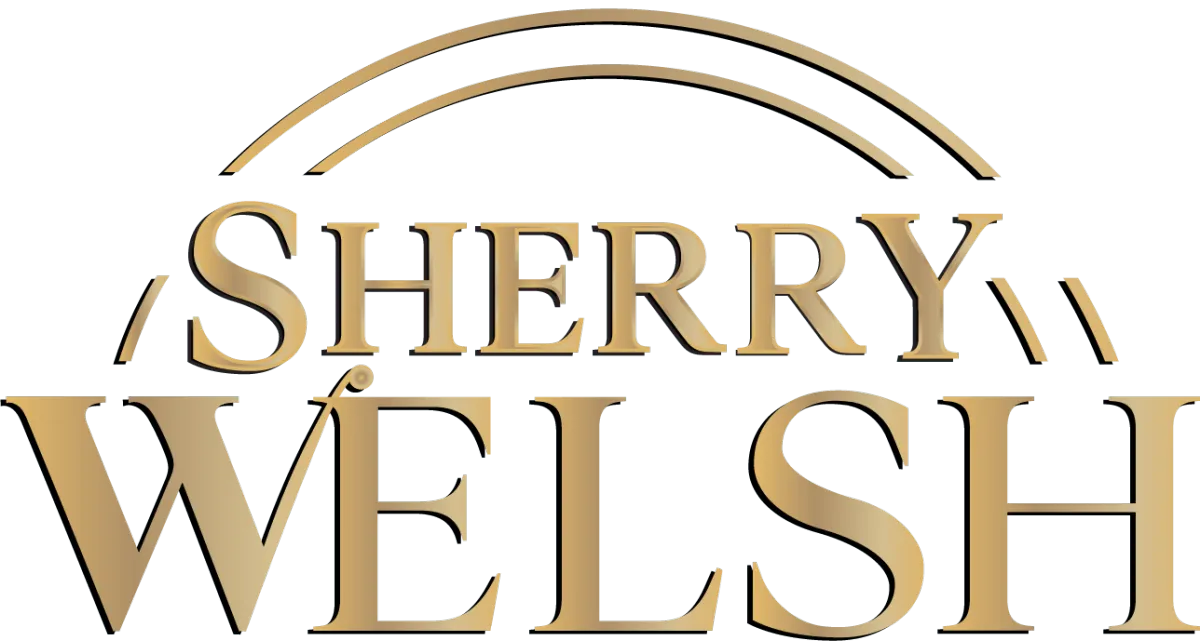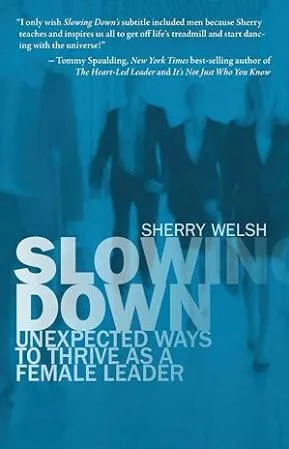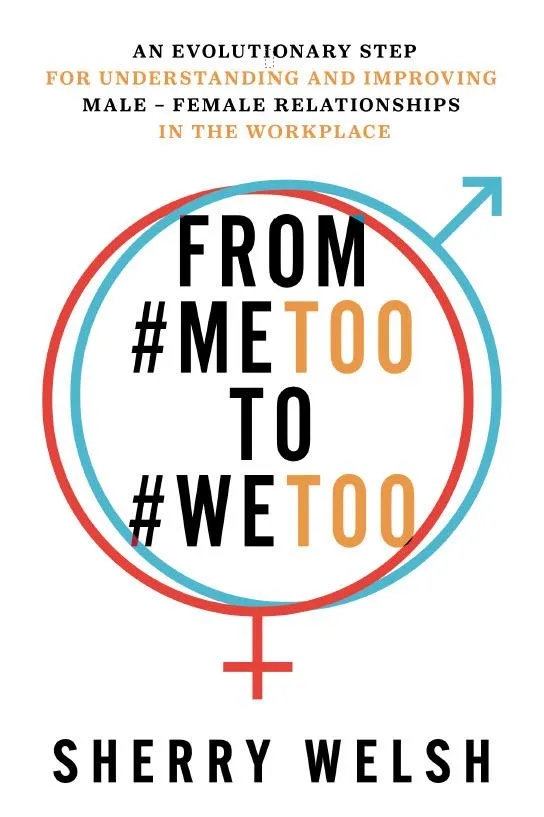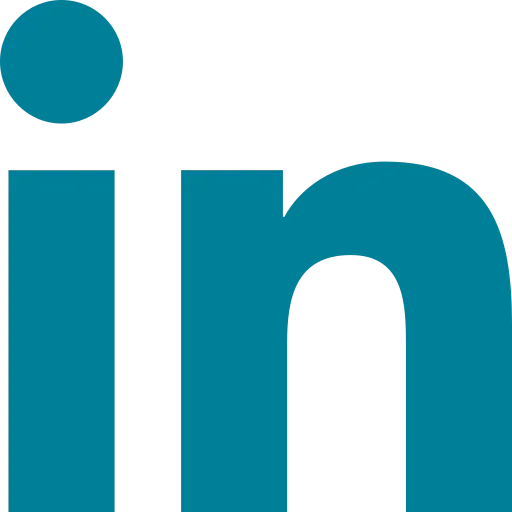
Sherry Welsh serves professionals at every stage of their career journey, from ambitious young individuals to seasoned experts. Drawing upon over 25 years of leadership in international firms and a profound understanding of the Energy Leadership philosophy, she offers tailored coaching that empowers individuals to maximize their time and energy. Whether you're seeking to navigate the complexities of the corporate world, transition to a new career phase, or refine your leadership style, Sherry's holistic approach ensures you harness your potential, drive effective outcomes, and lead with authenticity and confidence.
We work with various levels of leadership and teams to help people grow and expand, taking their current businesses from good to great. Our expert advisors focus on understanding a company's objectives and desired goals, recognizing its key challenges and providing strategic advice that generates results and drives financial success.

Young Professionals

Coaching is all about partnering to help you achieve your goals. It’s about holding you accountable to continue to move forward in the direction you desire for your career, your team, and your personal life.
I’ll help you get to the heart of what’s holding you back from success in all areas of your life today.
Mid-Career Professionals

We are all leaders. Leadership is the ability to motivate and inspire yourself, as well as those around you, to take positive and purposeful action. You lead the charge in your own life, professionally and personally.
How well you lead is determined by how you navigate through the constantly changing world around you.
Seasoned Professionals

I’ve “been there” as a professional woman in the business world and want women to know that they have choices and the ability to set boundaries.
I thrived in male-dominated industries and I can help you do the same—in your own unique ways, with your own conscious and deliberate choices.

Slowing Down: Unexpected Ways to Thrive as a Female Leader
With our current global world running at the speed of light, slowing down seems counterproductive, but the wonderful truth is just the opposite: Slowing down produces greater success in all aspects of life. Slowing down helps you uncover hidden possibilities, see the powerful choices in each moment, and live in alignment with what's most important: your core values.
With this book:
Identify and release limiting beliefs to experience more freedom.
Use both your masculine and feminine energy for success.
Enjoy greater ownership of your life.
See opportunities to thrive that you haven't seen before.
Sherry Welsh is an Engineer by education who developed into a Global Sales Leader, Professional Coach, and Author. She spent 25 years in the corporate arena working with global teams in manufacturing industries. While at Bosch, she was named one of the Top 100 Leading Women in the Automotive Industry. Her Slowing Down methods of leadership coaching blend traditional and contemporary philosophies that help high-performing executives and their teams find the unexpected path to thriving.
Available on Amazon
FROM #ME TOO TO #WE TOO
An evolutionary step for understanding and improving male-female relationships in the workplace
This timely guide pinpoints exactly what men in leadership positions need to understand and do to effectively manage individuals and teams. When men and women better understand one other, both the leader and those who report to them will:
Feel heard and supported to do the best job possible.
Handle challenging situations more positively and constructively.
Feel free to candidly discuss professional needs and wants.
Improve overall communication skills, from group interactions to one-on-one meetings.
After decades of working with men and women at all levels of organizations, Sherry Welsh provides managers with highly actionable strategies for navigating the difficult landscape of leading with clarity, while empowering direct reports to take control of their professional lives. When people feel valued, the leader is positioned to coach and manage effectively, resulting in elevated levels of productivity, a greater return on investment, and successful attainment of individual and group goals.
From #MeToo to #WeToo shows you how to understand and improve male-female relationships while leading your organization to greatness!
Available on Amazon

Innovation in Growth
Whether you're a start up anxious to get out of the gate or a mature company that has reached a plateau, growth is the magic word that gets your business where you want it to be.
But how do you stimulate growth? Our approach is a full diagnosis on your business, analyzing your performance, isolating your friction points and designing strategies, sales boosting and enablement programs and team involvement to yield the best results. Our approach is personal and purpose-driven to accomplish your professional and personal goals.
Why Choose Us to Grow Your Potential
Do you feel you are not reaching your objectives?
We have found that there are definite, real-life reasons that create friction in achieving objectives. Our approach is a personal approach - isolating those friction points and eliminating them from your path.
Are you a Young Professional that is ........................?
Most clients come to us with frustration with bosses, colleagues, and how to communicate more effectively with all. They feel not heard, not supported, overwhelmed. Many feel their role has changed from when they started and want help getting it more clear so they can realign with the company, leadership, customers. By defining roles and honing communication skills, we have found these problems can be solved in 99% of all cases.
As a Mid-Career Professional, do you find yourself................?
We have found in most cases that it's not the ideas that are lacking - it's the skill with which they are presented. Our motivation and speaker training will transform your presentations into compelling communications which will leave you confident in effectively getting your ideas across.
Do you know that most Seasoned Professionals..............?
Our team works together in coaching team leaders and senior level leadership, strengthening their communication skills, operating with the utmost integrity and working in a transparent manner to build and deepen trust with others (The Trust Model elements).

Every organization is only as effective as the sum of its parts. When the parts aren’t fitting together, communication breaks down—and the results are bad for business. Great, positive leaders help their teams and coworkers accomplish great things.
Questions?
How do I get started?
Start by calling me for a complimentary session. You’ll get a feel for how coaching works, and I’ll get an idea of the goals you want to achieve. Once you’ve completed these initial steps, I’ll be able to put together a customized coaching package designed specifically to suit you.
Do you have geographical limitations?
Not at all. We can conduct meetings over the phone, video, or in person. I’m happy to meet with clients wherever and however works best for them.
What are your rates?
Rates are determined based on the scope of the project and are discussed after your complimentary session.
If you have any other questions, please email at sherry@sherrywelsh.com .
What Our Clients Say About Us
"Working with Sherry changed the trajectory of every part of my journey. I gained a deep understanding of how significantly my perceptions of external things impact my feelings and actions and how to recognize those impacts and modify my actions productively. I learned how to see those same influences occurring within people I interact with and steer those interactions toward productive outcomes. I started my work with Sherry to become a better executive and as a wonderful byproduct I became a better husband, father, brother, son, friend and hockey coach. One of my favorite things to do is pass what I've learned from Sherry on to my children and athletes on my teams. I have found that even when I am not actively working with Sherry, I am always working with Sherry... the phrase "What would Sherry ask me on this one?" resonates in my head quite frequently. I still enjoy exploring areas and concepts that Sherry opened my mind to as I can say without hesitation that practicing, not even mastering, these concepts leads to a better life."
Kenton Bednarz

Collaborative Business Executive
"The Energy Leadership work I did with Sherry shifted my life in such a positive and profound way, both professionally and personally. In working with Sherry, I raised my all-around awareness of how I and others “show up” and what actions & adjustments I can make to create the most productive interactions in any situation, both at work and at home. As I worked with Sherry to prepare for my next career step, I got clear about the next role I really wanted and what strategic & purposeful action I would commit to in order to achieve my goal. Throughout the whole process, Sherry was there to guide and challenge me when I needed to remove any 'blocks' that were preventing me from progressing toward my goal. The work I did with Sherry, not only shifted my professional life with my career and the teams I work with, but it also translated into more productive interactions at home, with my kids and husband. My husband was also coached by Sherry, and what we’ve learned & worked on with Sherry, we're teaching these practices to our kids to help them positively & productively navigate through their school life and activities. Working with Sherry was transformational, and I know I would not have had such a powerful experience if it were not for the masterful coach that Sherry is."
Leslie Bednarz

Executive Director of Strategy, Clean Mobility - North America Faurecia
"Sherry was brought in by a leader in my company to help with both team and individual professional goals. The tools she gave us through her coaching helped our team to successfully achieve those goals (and more), increase our efficiency, and create a wonderful team environment. For me individually, Sherry changed the course of both my personal and professional life for the better and I'm so grateful that I was given the opportunity to work with her."
Amy Floraday

Vice President Legal, Shiloh Industries
"Working with Sherry Welsh has been transformational for my team, and me. I am continually amazed by the level of knowledge, experience and insight Sherry brings to every conversation and coaching session we have. Sherry demonstrates her commitment to our success on a daily basis and her intentional, honest approach to coaching has made this one of the most meaningful experiences of my 20 + year career."
Tim Rogers

Senior Vice President, Charleston Metro Chamber of Commerce
"The ideas & techniques I learned working with Sherry have been extremely beneficial not only in helping me effectively manage the employees on my team but also to work more efficiently & effectively with my peers & leaders. She has expanded my mind, opening my awareness to when & why I may not be thinking & acting at my highest level of consciousness & how to make subtle adjustments which positively influence my actions & in turn all my relationships both personally & professionally. She is amazing!!"
Terri Tezza

Office manager, Haute Design


I agree to terms & conditions provided by the company. By providing my phone number, I agree to receive text messages from the business.

